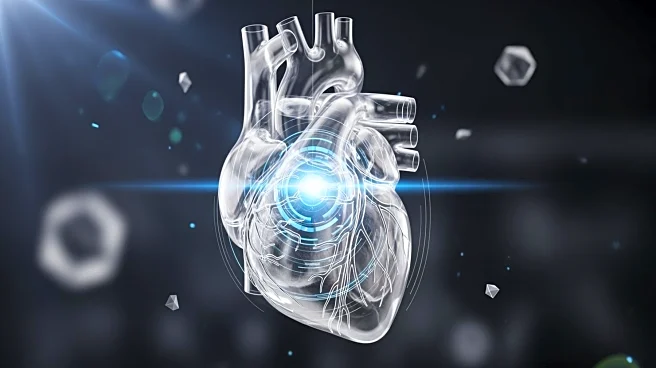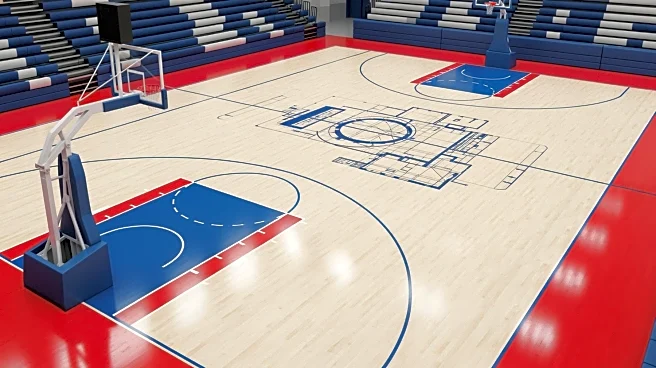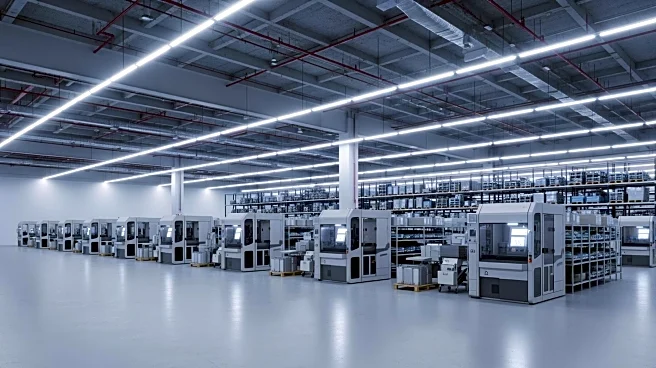What's Happening?
Valparaiso University is employing advanced XR technology to provide physician assistant students with an immersive experience of human anatomy. The AlensiaXR HoloAnatomy.NEXT and HoloAnatomy Neuro.NEXT
systems allow students to visualize and manipulate three-dimensional organ systems, enhancing their understanding of complex anatomical structures. This technology is integrated into the university's five-year accelerated physician assistant program, offering a unique educational tool not found elsewhere in Northwest Indiana. The immersive experience includes detailed views of the nervous system and other organ systems, aiding students in their studies and clinical practice.
Why It's Important?
The use of XR technology in medical education represents a significant advancement in teaching methodologies, providing students with a more interactive and comprehensive understanding of human anatomy. This approach can improve learning outcomes by allowing students to visualize and interact with anatomical structures in ways that traditional methods cannot. As the demand for medical professionals grows, innovative educational tools like XR technology can help address shortages by better preparing students for clinical roles. The integration of such technology into medical curricula reflects a broader trend towards utilizing digital resources to enhance education.
What's Next?
Valparaiso University plans to expand its use of XR technology, potentially incorporating models of molecules and other complex systems into its curriculum. This expansion could further enhance the educational experience for students, providing them with tools to understand conditions like anemia more effectively. As universities increasingly adopt accelerated degree programs, the use of advanced technology may become more widespread, setting new standards for medical education. The continued development and integration of XR technology could lead to broader applications in various medical fields, supporting the training of physician assistants and other healthcare professionals.
Beyond the Headlines
The adoption of XR technology in medical education raises questions about the future of traditional teaching methods and the role of technology in shaping educational experiences. While XR offers significant benefits, it also requires substantial investment and adaptation by educational institutions. The technology's ability to provide detailed anatomical insights could transform how medical students learn, potentially influencing curriculum design and teaching strategies. As XR technology becomes more prevalent, educators must consider how to balance technological innovation with foundational teaching practices to ensure comprehensive education.











